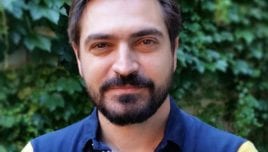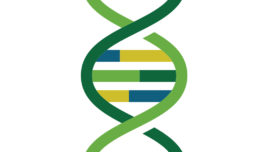Researchers Perform Large Genome-wide Analysis of Multiple Sclerosis
Media Contact: Nalini Padmanabhan ASHG Communications Manager 301.634.7346 press@ashg.org For Immediate Release Tuesday, October 18, 2016 6:00 p.m. U.S. Pacific Time Findings Reported at ASHG 2016 Annual Meeting BETHESDA, MD – In a large-scale, genome-wide analysis of more than 110,000 samples, a worldwide consortium of scientists has identified 200 genetic loci associated with multiple sclerosis... Read More


